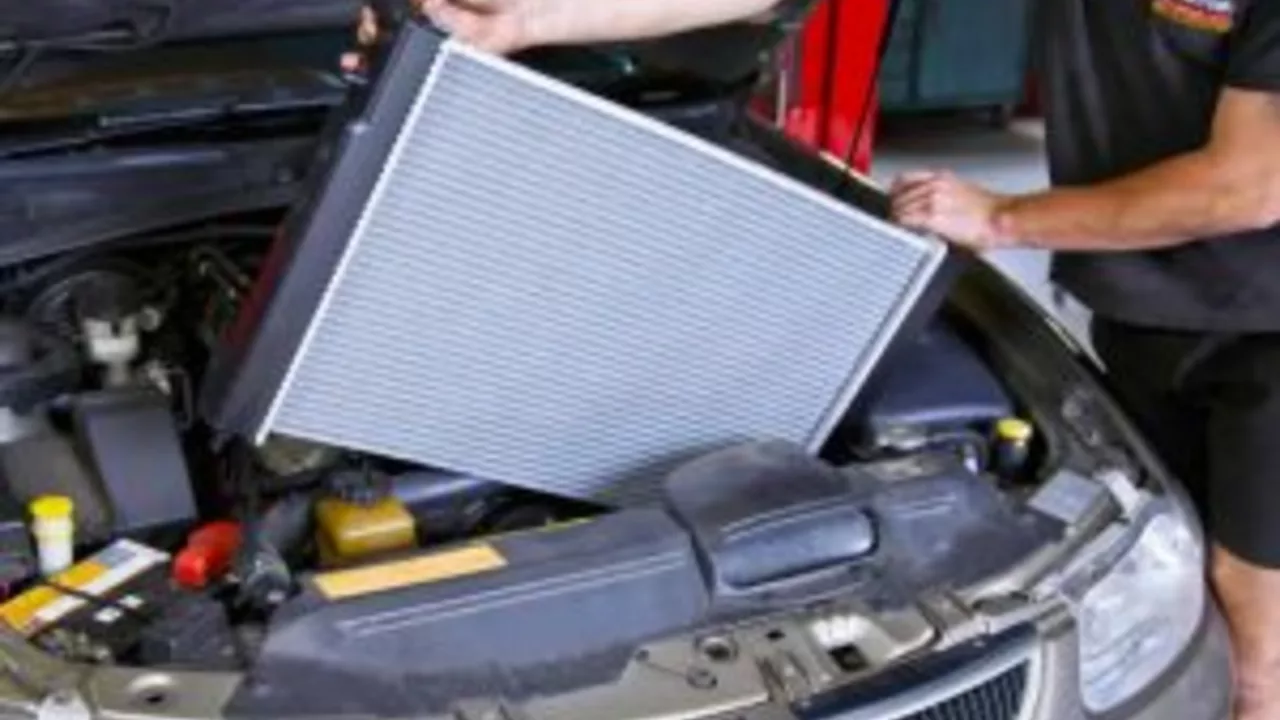Vehicle Maintenance: Simple Tips to Keep Your Car Happy
Ever wonder why your ride sometimes feels sluggish or makes weird noises? Most of those problems come from tiny things you can spot and fix before they turn into costly repairs. The good news? You don’t need a garage full of tools or a mechanic’s degree to keep your car in good shape. A few easy habits, done regularly, will keep your car reliable, safe, and more fun to drive.
Everyday Checks You Should Never Skip
Start each week with a quick visual scan. Open the hood and look at the fluid levels – oil, coolant, brake fluid, and windshield washer. If any dip below the mark, top it up. It only takes a minute and can prevent engine wear or overheating. While you’re there, glance at the belts and hoses. Any cracks, fraying, or looseness? Tug them gently; a healthy belt should feel firm, not floppy.
Next, check your tires. Press the tread with your thumb – you should still feel some texture. If the tread depth is less than 2 mm, it’s time for new tires. Also, make sure the pressure matches the sticker inside the driver’s door. Under‑inflated tires wear faster and lower fuel economy, while over‑inflated ones can bite the road.
Don’t forget your lights. Switch on the headlights, brake lights, and turn signals. Walk around and make sure each one shines bright. A burnt‑out bulb is a cheap fix, but it’s also a safety issue and a ticket waiting to happen.
DIY Fixes That Really Work
Got a squeaky brake? Often that’s just dust on the pads. Spray a little brake cleaner and squeeze the brake lever a few times. The sound usually fades fast. If you hear a rattling under the car, it could be a loose heat shield. A quick screwdriver can tighten it back in place.
When your engine idles rough, a dirty air filter could be the culprit. Pop the filter housing, pull the old filter out, and tap off debris into the trash. Slip in a new filter – it’s cheap and can improve fuel efficiency noticeably.
For oil changes, you don’t need a fancy lift. Warm up the engine a bit, then park on a flat surface. Place a drain pan under the oil plug, remove the plug, let the old oil flow out, replace the plug with a new washer, and pour in the recommended amount of fresh oil. Dispose of the old oil at a recycling center; most auto shops accept it for free.
Finally, keep a small emergency kit in your trunk: a spare tire, jack, lug wrench, jumper cables, and a basic first‑aid kit. Knowing you have these items on hand makes roadside mishaps less stressful.
In short, vehicle maintenance isn’t rocket science. A few minutes each week, a couple of basic tools, and a little know‑how go a long way. Your car will thank you with smoother rides, fewer breakdowns, and a higher resale value. Stay on top of these simple steps, and you’ll spend more time enjoying the road and less time worrying about repairs.

What are the consequences of not cleaning a car's radiator?
Neglecting to clean your car's radiator can lead to a slew of problems. Dirt and debris build-up can cause the radiator to overheat, leading to engine damage. It can also lead to decreased fuel efficiency as your car has to work harder to stay cool. Further, it can result in costly repairs down the line. So, routinely cleaning your car's radiator is a small task with big benefits for your vehicle's performance and your wallet.
Categories
- Art & Culture News (5)
- Sports News & Analysis (4)
- Financial Markets & IPOs (3)
- Automotive Industry News and Analysis (2)
- Automotive Maintenance & Repair (1)
- Automotive News & Reviews (1)
- Film and Television Trivia (1)
- Sports (1)
- Science (1)
- Technology (1)
Popular Articles


